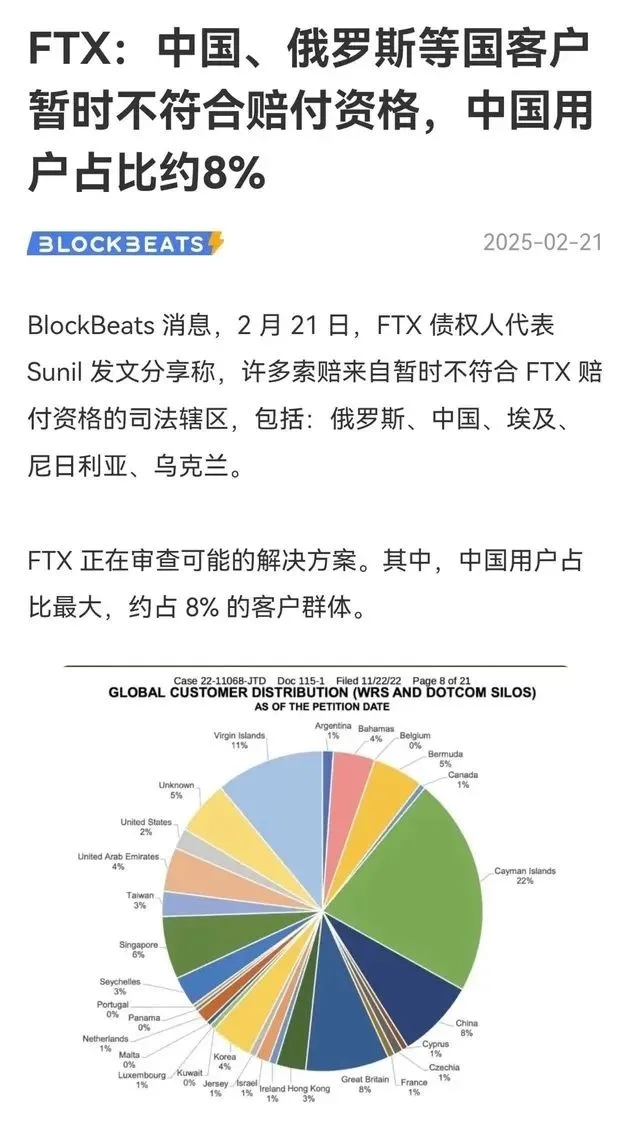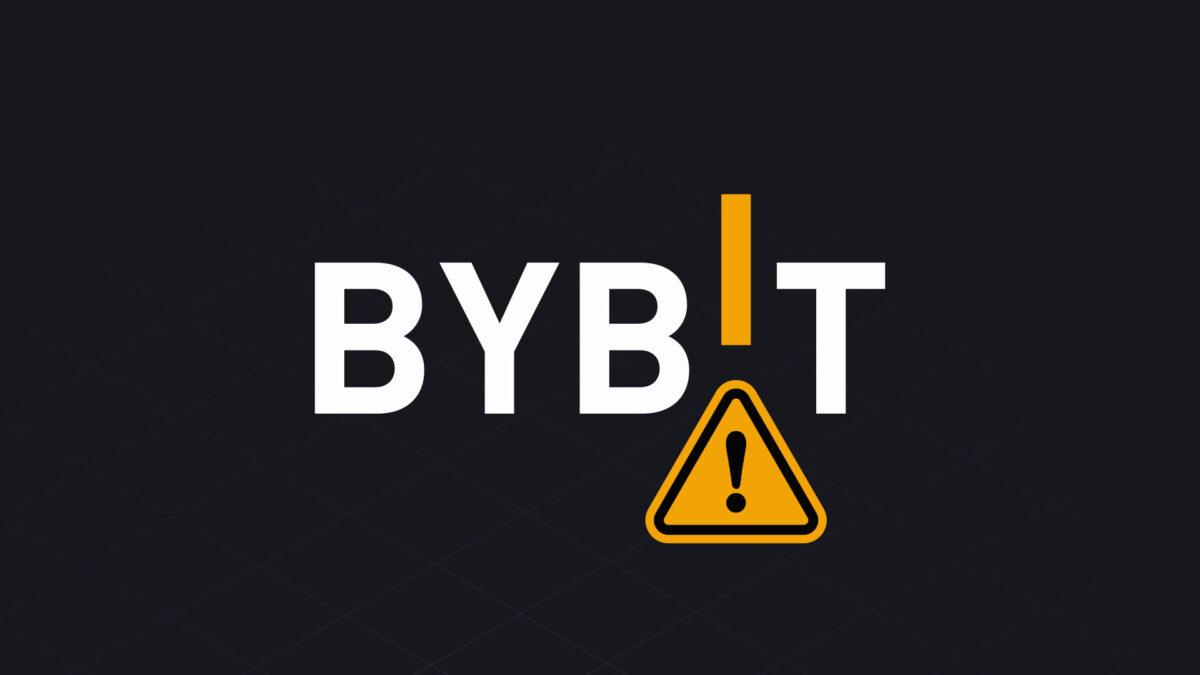Authors: Niu Xiaojing, Liu Honglin
What happened to FTX’s crash?
Some of you may still be confused about the “FTX crash”. Don’t worry, I will briefly sort out the background first. Those who are familiar with the incident can jump directly to the next paragraph 👇.
In November 2022, a shocking drama broke out in the cryptocurrency circle: FTX, the world's second largest exchange, declared bankruptcy without warning. This platform, created by the "genius" Sam Bankman-Fried (SBF for short), was once a dazzling new star in the industry, with a valuation of up to US$32 billion, but it collapsed overnight due to misappropriation of funds and chaotic management, leaving behind hundreds of thousands of users and a debt black hole of over US$10 billion. SBF was eventually sentenced to 25 years in prison by a US court, but the FTX liquidation team staged a "Jedi counterattack", miraculously recovering US$14.5 billion to US$16.3 billion, and promised to do its best to compensate customers. This "thunderstorm" farce shocked the world and put Chinese users, who account for 8%, in a dilemma-due to regulatory restrictions, they were blocked from the door of compensation.

Will Chinese creditors still get paid?
According to PANews, Chinese customers were excluded from the compensation program due to China's regulatory environment. China declared virtual currency trading as illegal financial activities and not protected by law in notices in 2017 and 2021, which brought compliance risks for FTX to pay compensation to Chinese customers. Although Chinese customers account for 8% of FTX's total user base (according to the South China Morning Post), they are still considered ineligible for compensation in the current US bankruptcy proceedings.
The compensation after FTX's bankruptcy has entered the stage of small debt distribution, but due to jurisdictional barriers and compliance risks , Chinese users are currently excluded. Does this mean that Chinese creditors are completely hopeless? We think not. The situation is far more complicated than it seems, and there is still hope. The compensation issue for Chinese users may be delayed, and it is highly likely that they will not be completely excluded.
How to declare a debt claim?
The FTX bankruptcy case involves two parallel legal proceedings: the Chapter 11 bankruptcy proceedings in the United States and the liquidation proceedings in the Bahamas. The former is led by FTX in the Delaware court in the United States, while the latter involves its Bahamian subsidiary FTX Digital Markets Ltd. The procedure you choose to file your claim directly determines whether you can successfully get back your rights.
For Chinese creditors, the Bahamas liquidation procedure may be a better choice. The liquidation teams of the two countries reached a settlement in December 2023, promising to coordinate asset distribution and ensure that the amount and time of compensation are consistent (including principal and 9% annual interest). Compared with the US procedure, the Bahamas' legal framework provides more complete protection for foreign creditors when dealing with cross-border bankruptcies, which may better fit the actual situation of Chinese creditors and maximize the avoidance of compliance conflicts in the US procedure.
During the declaration process, there are some points that we need to pay attention to: make the most favorable choice for yourself according to the nature of your own claims, claims disputes, etc., and do not act rashly . At the same time, if the amount of your claims is large (for example, more than hundreds of thousands of dollars), or your English level is limited , it is strongly recommended to hire a professional lawyer. The lawyer can not only prepare the declaration materials on your behalf, saving time, but also provide the best advice based on your specific situation to avoid missing opportunities due to operational errors.
Why can FTX pay compensation?
Looking back at the history of crypto exchanges that collapsed, such as Mt. Gox, FTX was able to achieve a higher proportion of compensation after bankruptcy, which is generally considered an improvement. This is due to differences in asset management, liquidation efficiency, legal framework, market environment, and other factors.
Asset replenishment is strong. Although FTX founder SBF (Sam Bankman-Fried) was convicted of embezzling customer funds, the funds were not completely exhausted, and many were invested in liquid assets rather than disappearing completely. As of March 11, 2025, the liquidation team recovered $14.5 billion to $16.3 billion, enough to cover all customer principal (based on the dollar value at the time of bankruptcy in November 2022) and add 9% interest. These assets include cash, cryptocurrencies and equity investments (such as Anthropic shares, which were sold for a profit of approximately $1 billion in 2024). The efficient liquidation mechanism of the U.S. Bankruptcy Code (Chapter 11) also provides strong support for asset replenishment.
The market timing was accurate. FTX collapsed in November 2022, when the crypto market was at its lowest point (Bitcoin was around $16,000). The liquidation team sold assets during the market recovery period of 2024-2025 (Bitcoin prices rose significantly), greatly increasing the recovery value. However, Mentougou missed a similar opportunity, resulting in a tight compensation amount.
Modern supervision and technical support. When FTX went bankrupt, blockchain tracking technology (such as Chainalysis) was already mature, helping the liquidation team to lock in the flow of funds. At the same time, strict US supervision and judicial supervision (11 USC §1123 principle of creditor equality) ensure that customer rights are prioritized. However, due to serious asset loss (850,000 bitcoins were stolen), liquidation was delayed for nearly ten years, and backward technology, Mentougou can only compensate 15%-20% of the losses.
Web3 advocates decentralization, but in actual operation it still relies on centralized entities. Only a mature regulatory environment can provide real protection for investors. FTX's compensation ability is a reflection of this logic.
Attorney Mankiw's Summary
Chinese creditors are not completely hopeless. FTX's relatively sufficient capital pool and ongoing liquidation provide a basis for compensation. Choosing the Bahamas procedure, relying on professional assistance and paying close attention to developments are the keys to protecting rights and interests. Although Web3's decentralization ideal is beautiful, in reality, the need for a centralized legal framework is the last line of defense for investors. If you need professional legal support during this process, you can contact Mankiw.
/ END.







